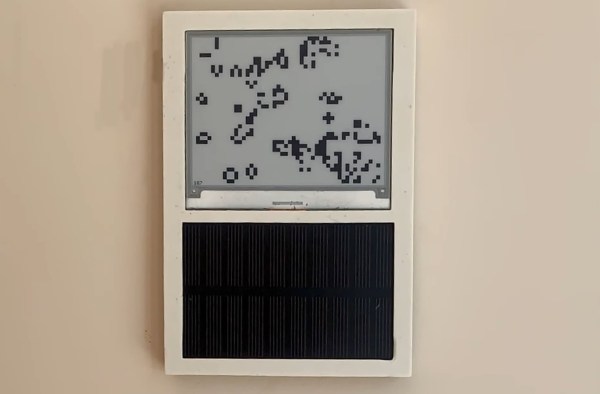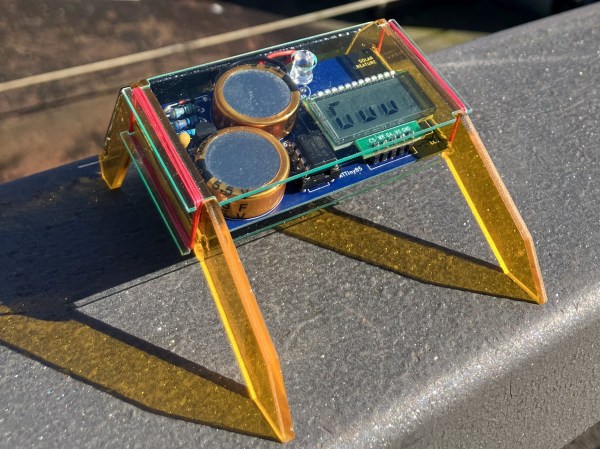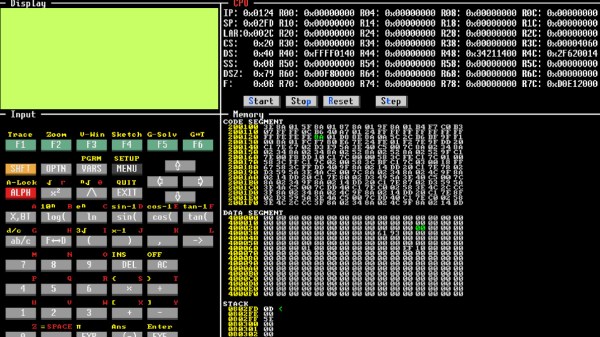The 2025 One Hertz Challenge asks you to build a project that does something once every second. While that has inspired a lot of clock and timekeeping builds, we’re also seeing some that do entirely different things on a 1 Hz period. [junkdust] has entered the contest with a project that does something rather mathematical once every second.
[junkdust] wanted to get better acquainted with the venerable ATtiny85, so decided to implement Conway’s Game of Life on it. The microcontroller is hooked up to a 0.91″ OLED display with a resolution of 128 x 32 pixels, however, [junkdust] only elected to implement a 32 x 32 grid for the game itself, using the rest of the display area to report the vital statistics of the game. On power up, the grid is populated with a random population, and the game proceeds, updating once every second.
It’s a neat little desk toy, but more importantly than that, it served as a nicely complicated test project for [junkdust] to get familiar working inside the limitations of the ATtiny85. It may be a humble part, but it can do great things, as we’ve seen many times before!



















